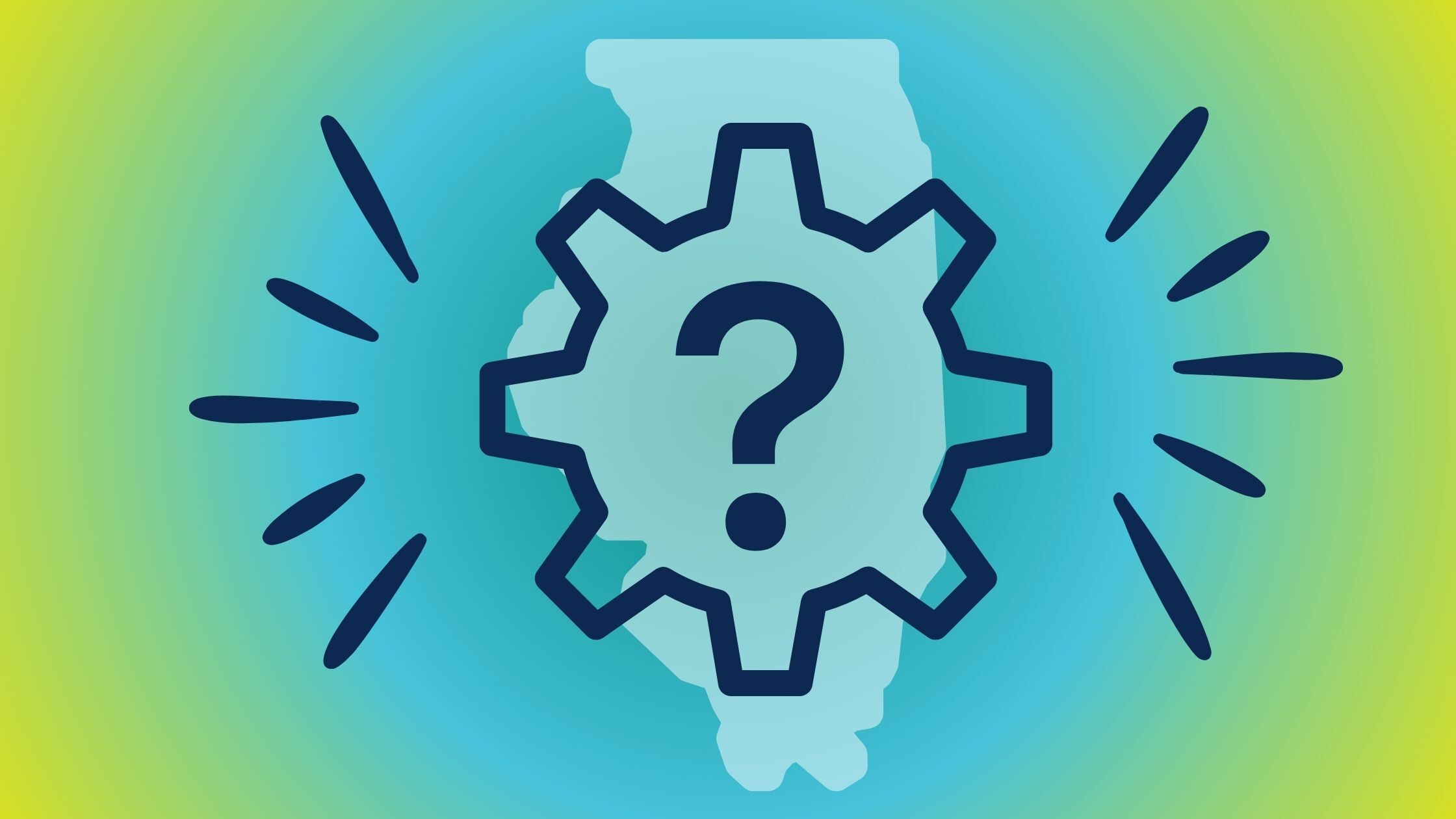What is Community Solar in Illinois and How Does it Work?

A Bright Path for All to Clean Energy Access
Illinois is emerging as a leader in solar energy, driven by programs designed to make clean power accessible to both homeowners and renters. At the core of this movement lies community solar—a concept that lets people tap into solar power from shared installations instead of hosting panels on their own roofs.
Thanks to statewide initiatives like Illinois Shines and Illinois Solar for All, community solar in Illinois is rapidly expanding, breaking down financial, geographic, and demographic barriers.
What Is Community Solar?
Community solar is a shared solar installation—often referred to as a "solar garden" or “solar farm”—located somewhere within an electric utility’s service territory. Families and businesses subscribe to a portion of the output rather than buying panels or equipment. The solar energy produced feeds into the local grid, and subscribers receive monthly bill credits based on their share. This gives them the benefits of solar without having to install anything on-site.
Key advantages include:
- No upfront cost for subscribers.
- No roof or structural requirements.
- Guaranteed savings, typically 10% off electricity bills, or even higher for low-income households.
- Participation for renters and apartment dwellers.
- Boosts local renewable energy and job creation.
Illinois currently ranks 4th in community solar capacity in the U.S., with projects proliferating across utility regions like ComEd and Ameren
How It Works: From Solar Panels to Bill Credits
1. Build the Solar Farm
A solar developer selects a suitable site—whether it's rooftop, field, or parking canopy—and constructs a multi-megawatt solar array. Utility approval is required for interconnection to the grid. This entire process can take as little as 18 months to multiple years, depending on the permitting process and other factors.
2. Subscribe to a Solar Farm
Consumers enroll in a subscription that matches their energy usage, typically based on average monthly kWh and spend on utility. Often, for new solar farms, signing up new customers start before the solar farm is built. It’s similar to a new development, otherwise the savings go unused.
3. Generate & Track
As the solar farm produces energy, the utility administers the solar credits and allocates them proportional to each subscriber's share. These credits will appear on your energy bill.
4. Savings & Payments
You receive a discount on your electricity costs through the solar credits. There is no additional fee to participate in community solar – just savings.
5. Flexibility & Protections
Illinois law provides strong consumer protections: no credit checks required, exit clauses, and full disclosure of rates and contract terms. Subscribers can transfer or cancel when moving within the same utility territory.
Low‑to‑Moderate Income (LMI) & the Illinois Solar for All Program
What Is Illinois Solar for All (ILSFA)?
Under Illinois's 2016 Future Energy Jobs Act and strengthened by the 2021 Climate and Equitable Jobs Act, Illinois Solar for All (ILSFA) was created to ensure equitable access to solar power for income-eligible residents, nonprofits, and public facilities/
The program is administered by the Illinois Power Agency and Elevate Energy.
Who Qualifies?
To be eligible:
- Households must earn ≤ 80% of Area Median Income (AMI), according to household size and location
- Nonprofits or public entities in environmental justice communities may also qualify
Program Options
1. Residential On‑Site Solar installs solar directly on homes with no upfront cost; homeowners pay no more than 50% of the credit value and keep guaranteed savings.
2. ILSFA Community Solar – enables renters and homeowners to subscribe with zero upfront costs and guaranteed minimum savings.
3. Non‑profit/Public Facility Systems – build on-site solar for local organizations; credits benefit the organization directly.
Financial Incentives & Protections
- Up to 50% guaranteed savings on energy costs compared to conventional rates.
- Participants pay at most half the value of their solar credits ipa.illinois.gov.
- They also receive Renewable Energy Credits (RECs) for 15 years, enabling developers to offset costs and further financial viability.
- Over $70 million is allocated annually to support LMI community solar, pilot projects, and nonprofits, prioritizing environmental justice communities.
Real‑World Impact
For example, PureSky is launching subscriptions for two solar farms this year. The first, McLean Solar I is targeted at low-income subscribers only, and offers 50% off on electricity costs. More than 400 households can save a significant amount on their electricity costs through this program.
The second, Wildcat, is open to all types of subscribers, from residential to large commercial and everything in between. This one offers the typical 10% savings, but with no catches, it’s an easy, no hassle way to save money on utility bills.






